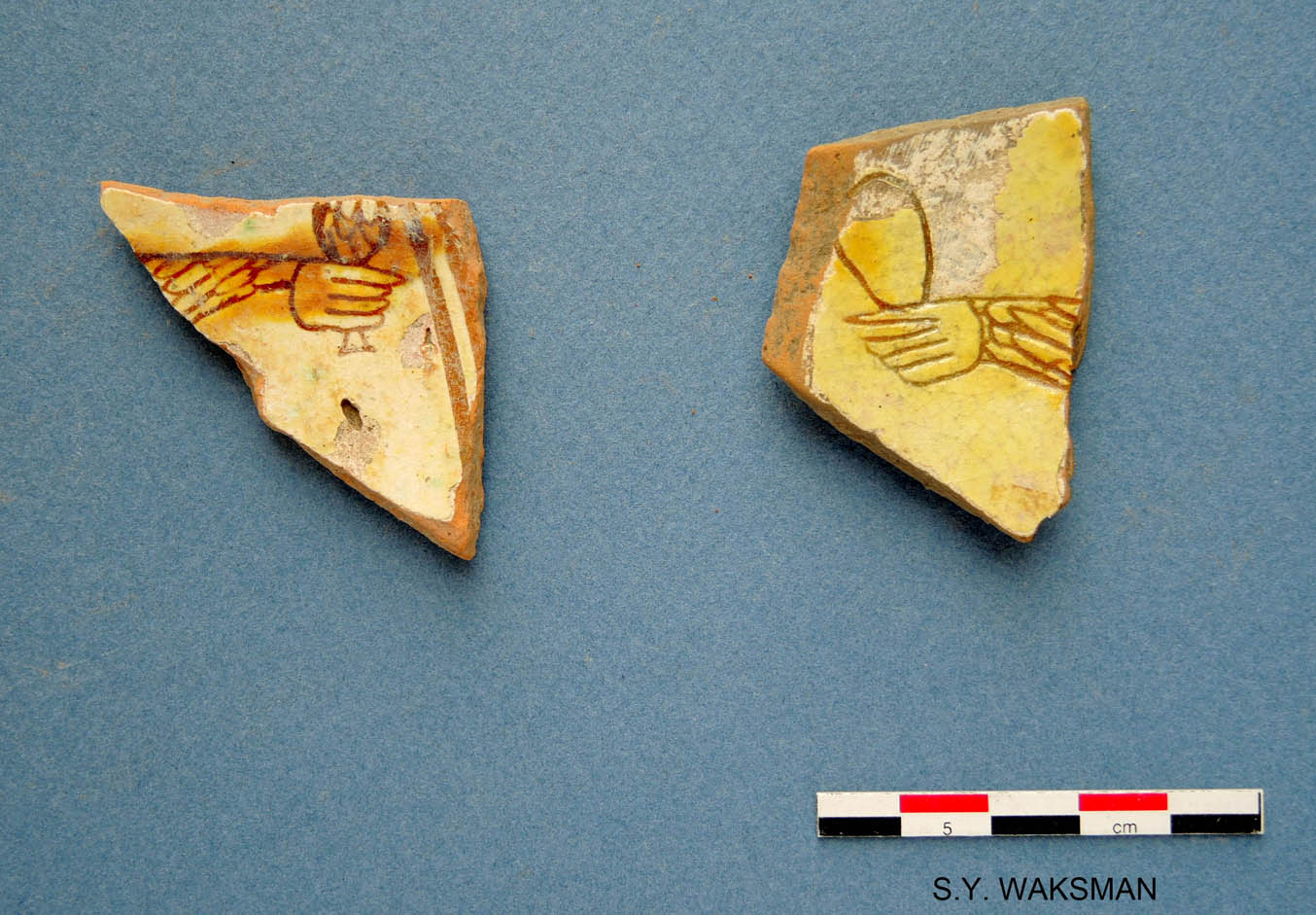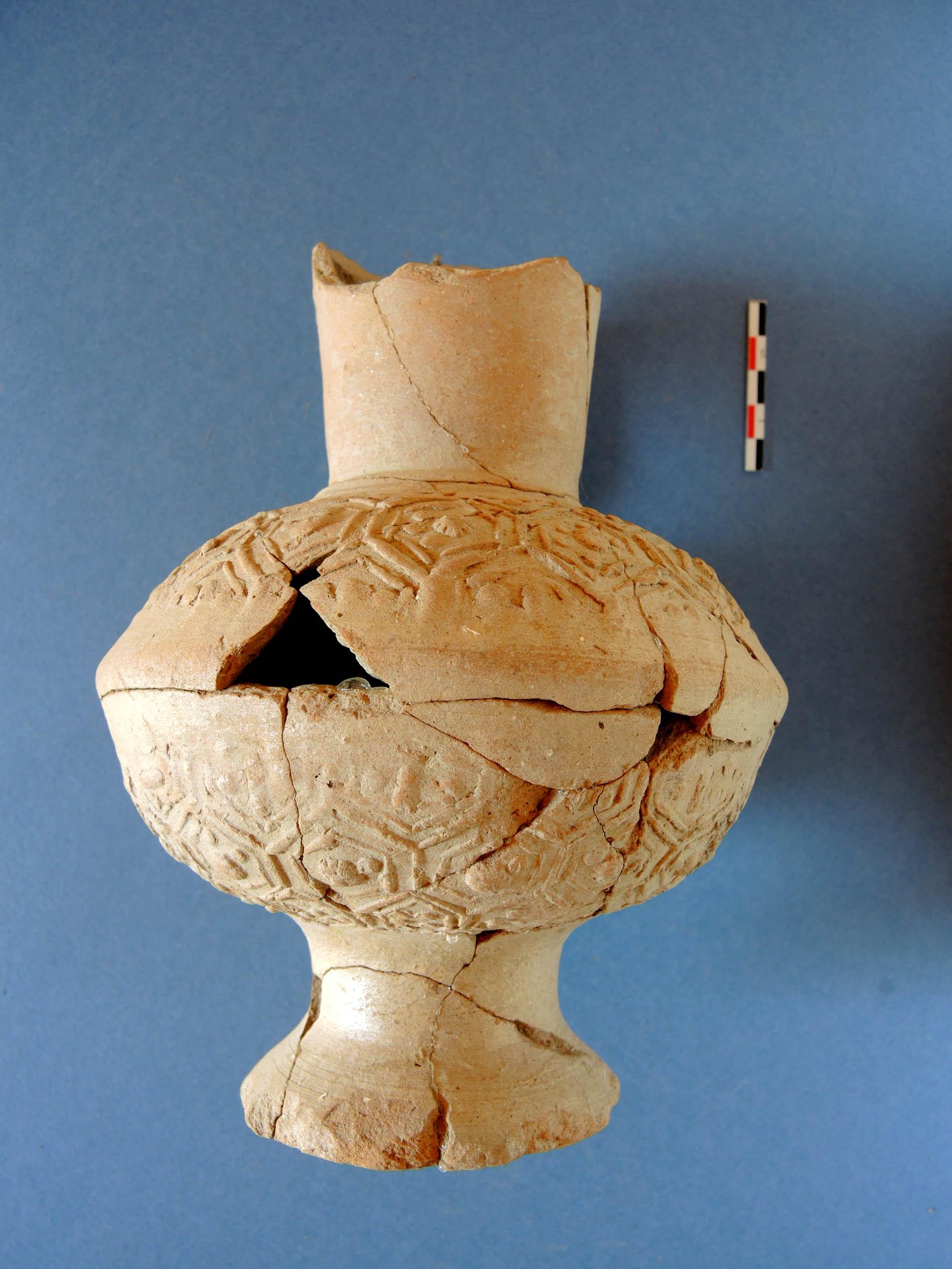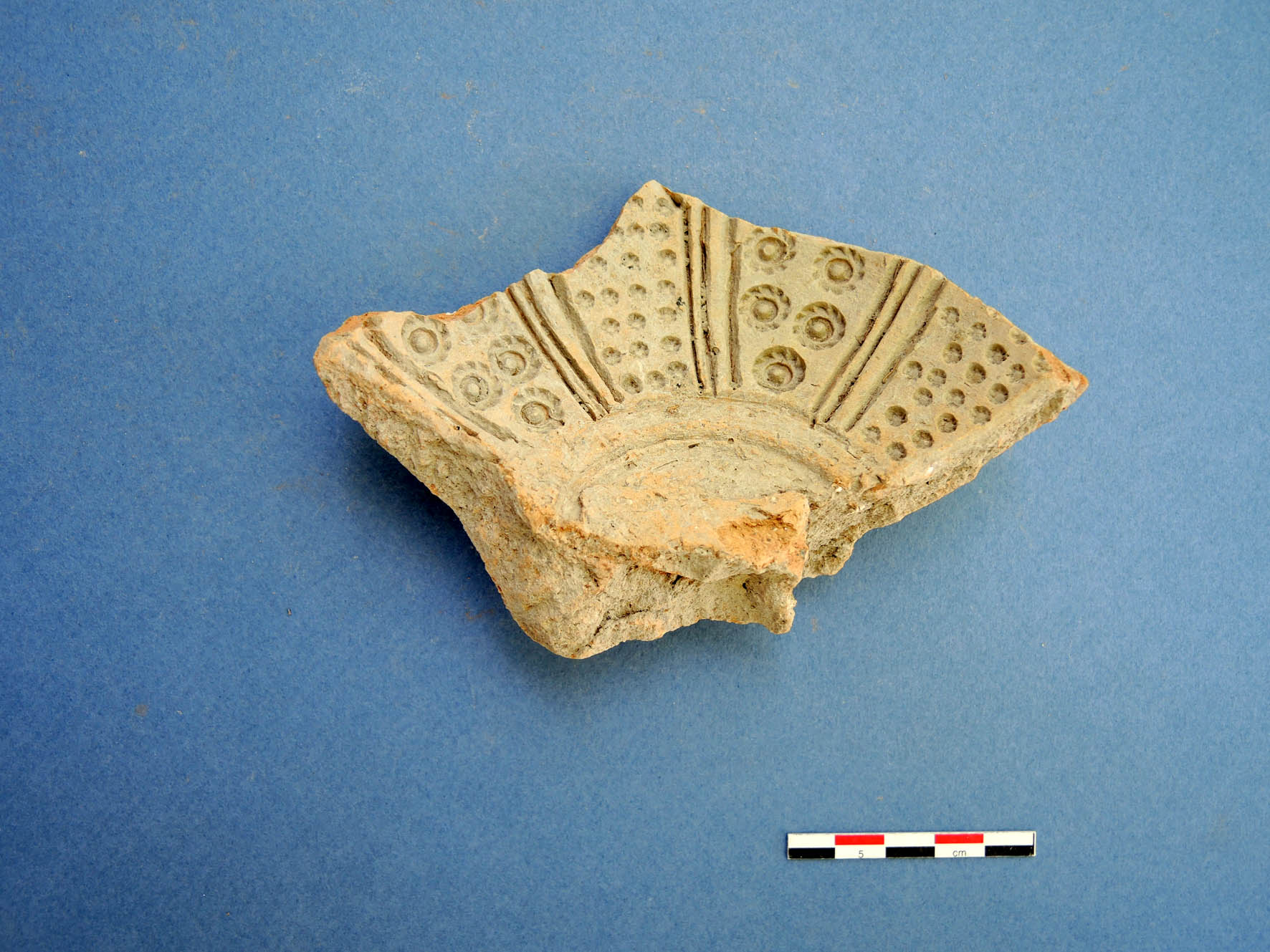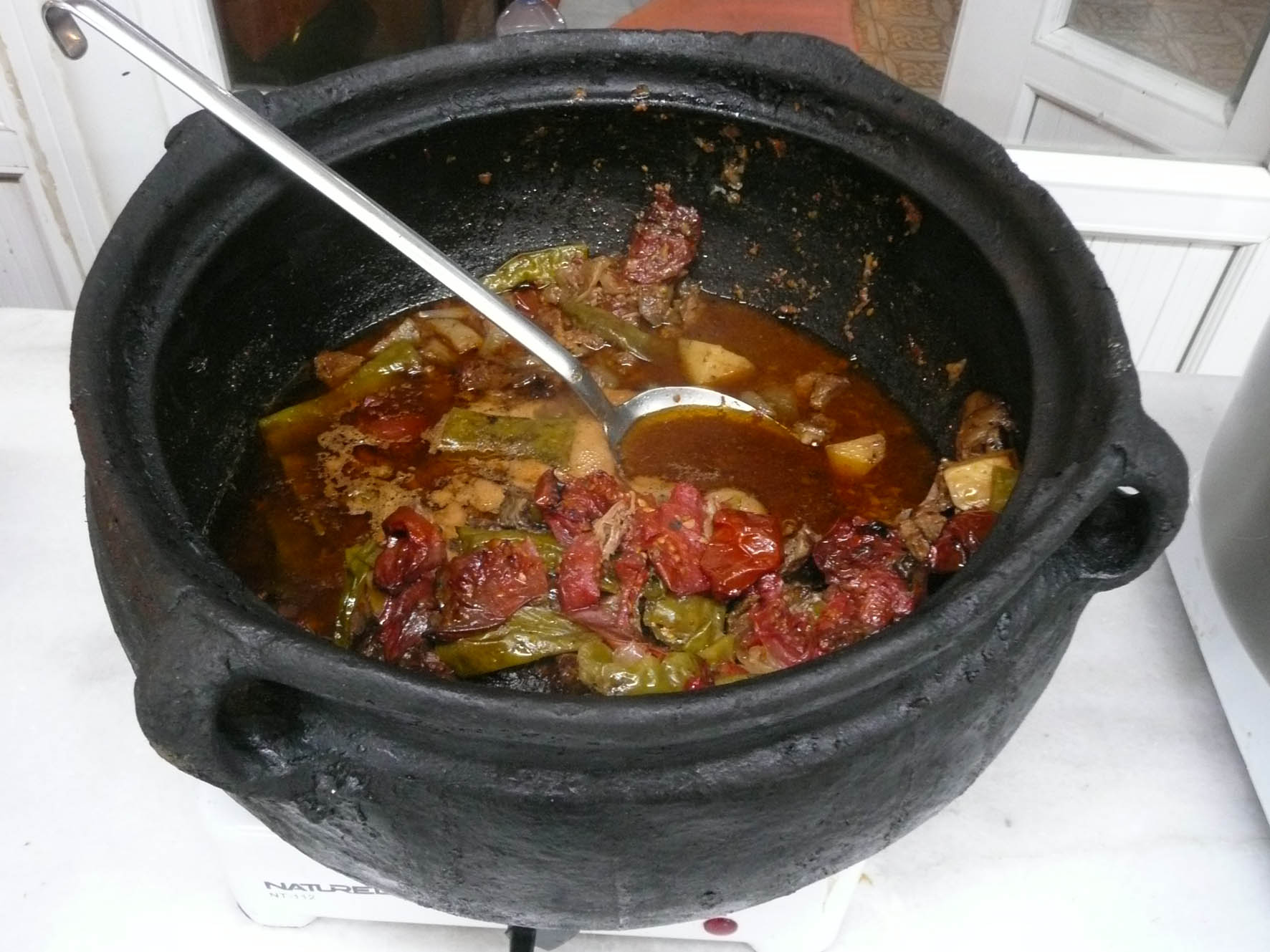
Ephesos
Turkey
See map: Google Maps
TR
Miletus
Balat
Turkey
See map: Google Maps
TR
Sardis
Turkey
See map: Google Maps
TR
Pergamon
Bergama
Turkey
See map: Google Maps
TR
During the POMEDOR 5th sampling campaign, Yona Waksman and Jacques Burlot investigated ceramics coming from the archaeological sites of Ephesos, Miletus, Sardis and Pergamon in Western Turkey.
The sampling campaign mainly aimed at studying the transition between late Byzantine and early Turkish (Beylik and early Ottoman) pottery production in Western Anatolia, and especially the introduction of new typological and technological features in the local pottery repertoire. These four sites are of particular interest in this respect, as evidence of pottery production of Byzanti ne and/or early Turkish periods were found in nearly all of them (Scott and Kamilli 1981, Waksman 1995, Spieser 1996, Waksman and Spieser 1997, Sauer and Waksman 2005, Vroom 2005, Böhlendorf Arslan 2008).
ne and/or early Turkish periods were found in nearly all of them (Scott and Kamilli 1981, Waksman 1995, Spieser 1996, Waksman and Spieser 1997, Sauer and Waksman 2005, Vroom 2005, Böhlendorf Arslan 2008).
The Ephesos samples mainly come from excavations carried out between 2009 and 2011 at the Tribune site in Selçuk / Ayasuluk. This site is located South-West of the Artemis Temple and one of its sectors is particularly interesting because of its good stratigraphy and of its medieval material. The latter is currently being studied by Joanita Vroom and her team, whose help and collaboration were very precious in order to obtain information relating to the archaeological contexts and to the chronology.
At Miletus, the sampling campaign was conducted by Beate Böhlendorf Arslan who published the 13th-15th centuries material from which samples were taken
(Böhlendorf Arslan 2008). We can mention the Theaterkastell and the Michaelskirche as examples of contexts. Two of Beate’s students helped documenting the samples with drawings.
At Sardis, the sampled material mainly came from the Byzantine and early Turkish levels of the top of the Acropolis, of the Gymnasium and of the North Pactolus area (Crane 1977, 1987, Scott and Kamilli 1981). Further search in the storerooms, with the help of the American team, may be needed, in order to locate the evidence of local production previously mentioned by researchers.
The end of the campaign took place in Pergamon, where Sarah Japp introduced us to ceramic material and archaeological contexts. The Pergamon samples selection comes from two areas, the late Byzantine quarter on the slopes of the main archaeological site (Spieser 1996) and the pottery workshop dating to the 14-15th centuries discovered in the Red Hall (Mania 2006).
 Thus, these three weeks campaign allowed to sample c. 250 sherds corresponding to a dozen of medieval ceramic types, which will be analyzed for provenance and technology at the Laboratoire de Céramologie in Lyon.
Thus, these three weeks campaign allowed to sample c. 250 sherds corresponding to a dozen of medieval ceramic types, which will be analyzed for provenance and technology at the Laboratoire de Céramologie in Lyon.
J. Burlot and S.Y. Waksman
Photos:
Byzantine ceramics
Moulded ware and mould, early Turkish period
Festive güveç at Sardis
© S.Y. Waksman
Bibliography
Böhlendorf-Arslan, B., 2008, Keramikproduktion im byzantinischen und türkischen Milet, Istanbuler Mitteilungen, 58, 371-407.
Crane, H., 1977, Preliminary observations on the glazed pottery of the Turkish period from Sardis, Bulletin of the American Schools of Oriental Research, 228, 51-53.
Crane, H., 1987, Some Archaeological notes on Turkish Sardis, Muqarnas, 4, 43-58.
Mania, U., 2006, Eine neue Werkstatt früher türkischer Keramik – Miletware aus Pergamon, Istanbuler Mitteilungen, 56, 475-501.
Sauer, R., Waksman, S. Y., 2005, Laboratory investigations of selected medieval sherds from the Artemision in Ephesus, In F., Krinzinger (dir), Spätantike und Mittelalterliche Keramik aus Ephesos (Archaologische Forschungen 13), Verlag der Österreichischen Akademie der Wissenschaften, Vienna, 51-66.
Scott, J. A., Kamilli, D., 1981, Late Byzantine Glazed Pottery from Sardis, In Actes du XVe Congrès international d’études byzantines, Athens, 1976. Association Internationale des études byzantines, Vol. 2, Art et archéologie. Athens, 679-696.
Spieser, J.-M., 1996, Die Byzantinische Keramik aus der Stadtgrabung von Pergamon (Pergamenische Forschungen IX), Gruyter, Berlin.
Vroom, J., 2005, Medieval pottery from the Artemision in Ephesus: Imports and locally produced wares, In F., Krinzinger (dir.), Spatantike und Mittelalterliche Keramik aus Ephesos (Archaologische Forschungen), Verlag der Österreichischen Akademie der Wissenschaften, Vienna, 17-49.
Waksman, S.Y., 1995, Les céramiques byzantines des fouilles de Pergame. Caractérisation des productions locales et importées par l’analyse élémentaire par les méthodes PIXE et INAA et par pétrographie, PhD thesis, University of Strasbourg.
Waksman, S.Y., Spieser, J.-M., 1997, Byzantine ceramics excavated in Pergamon. Archaeological classification and characterization of the local and imported productions by PIXE and INAA elemental analysis, mineralogy and petrography, In H., Maguire (dir.), Materials Analysis of Byzantine Pottery, Dumbarton Oaks, Washington D.C., 105-133.



